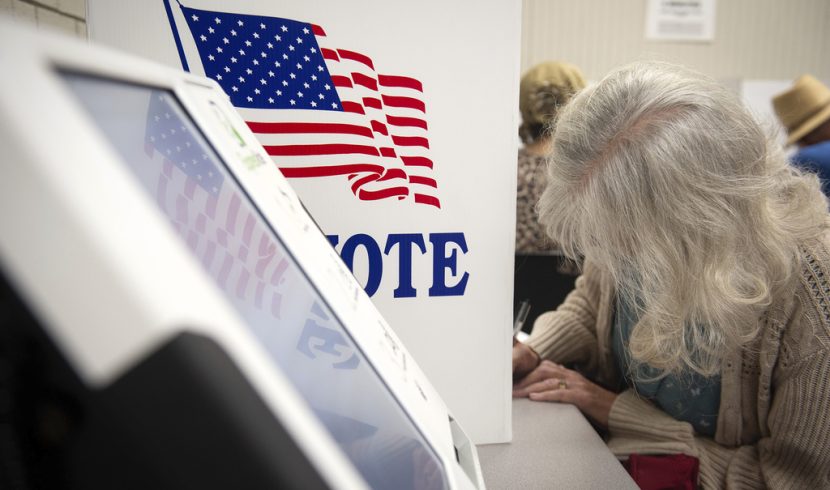The 2024 US election campaign is largely silent on a critical issue: the nation’s ballooning national debt, currently at a staggering $35 trillion. This silence is concerning, as experts warn that inaction could lead to significant economic consequences.
A Precarious Fiscal Position
The US government is currently borrowing an amount equivalent to 6% of its GDP (Gross Domestic Product) annually. This, coupled with an aging population and a potential economic slowdown, paints a grim picture for the future of US finances.
Factors at Play
The surge in government spending during the pandemic under both Trump and Biden administrations is a major contributor to the current debt situation. Additionally, mandatory spending programs like Social Security and healthcare, driven by demographics, continue to see automatic increases. Discretionary spending, including defense, has already been significantly reduced, leaving limited room for further cuts.
The Candidates’ Approaches: A Tale of Two Paths
A potential Vice President Harris administration is expected to let the Trump-era tax cuts expire while raising taxes on corporations and high-income individuals. This would be offset by tax credits for families and lower-income earners, but could still lead to a higher deficit than current projections.
A second Trump term would likely focus on tax cuts for businesses and further tariffs on imported goods. While this could stimulate domestic demand, it could also lead to inflation and higher borrowing costs.



